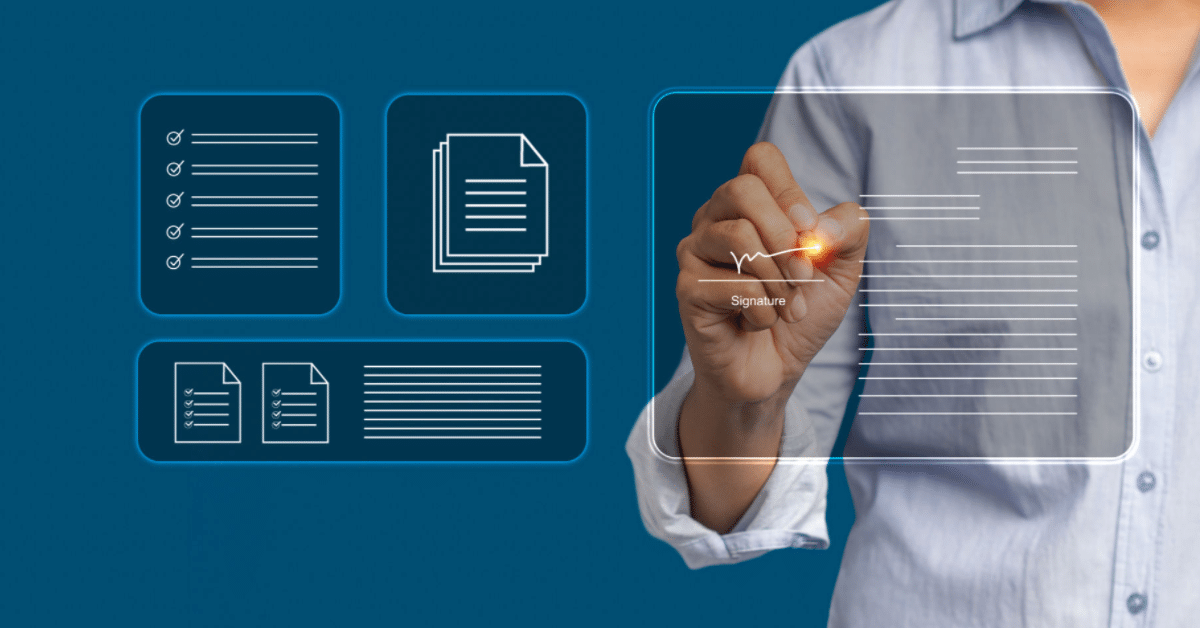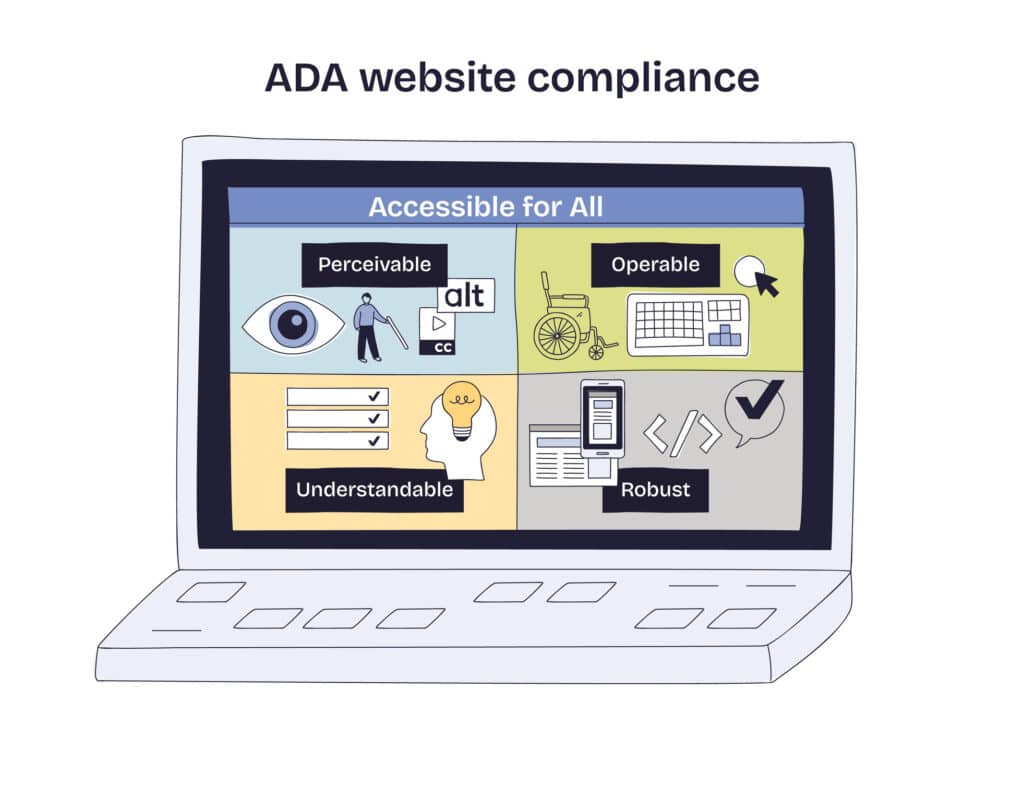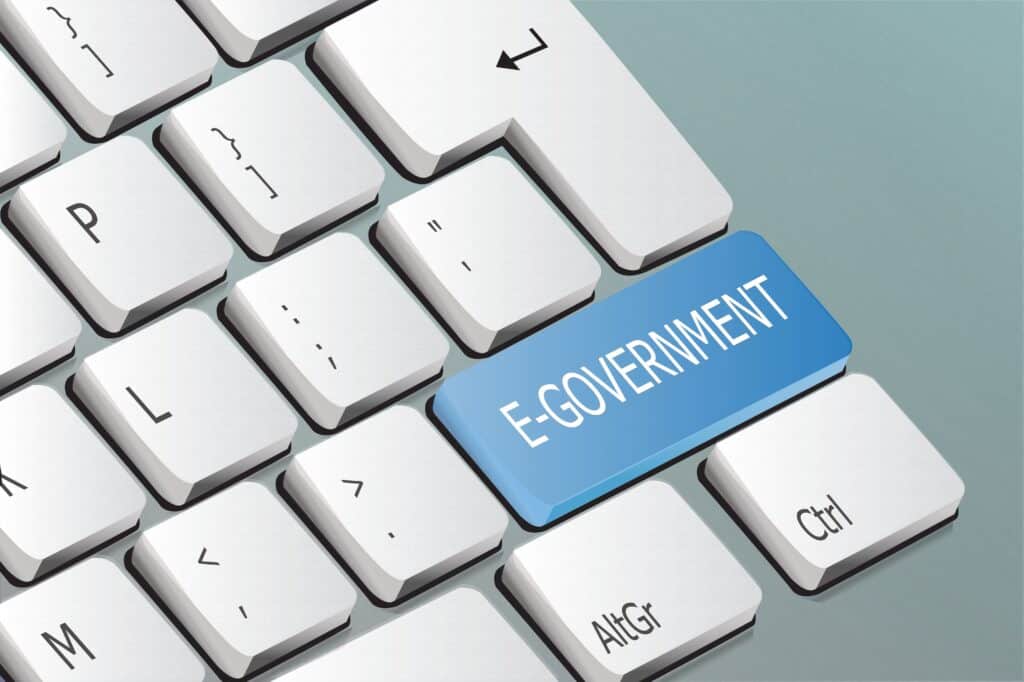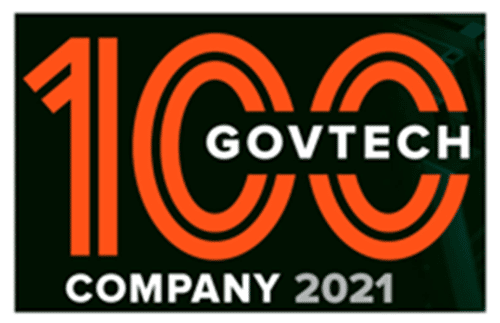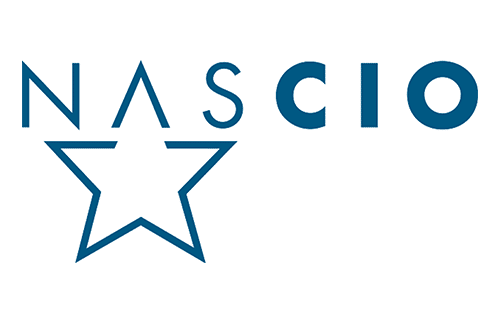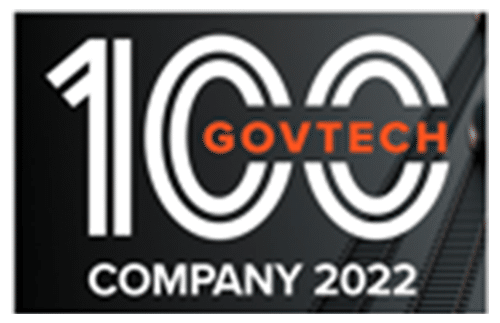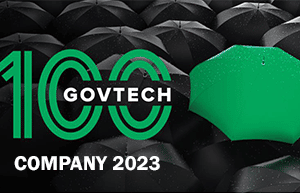Electronic signatures are a regular part of our personal and professional lives and have been for some time. Few would prefer to print out documents and sign them with a ballpoint pen when they can apply their John Hancocks with a click of a button or a few gyrations with a mouse.
But while everyday consumers might think of electronic signature as a standalone software product or service, the reality is that these digital autographs are part of a broader document lifecycle that often has significant legal and operational ramifications for public and private institutions, especially government agencies.
A document that requires a signature is likely at the end of a form that contains critical data. It might be an application for a license, a permit renewal, a proposal for grant funding, a memo about a highly sensitive issue, or simply an acknowledgement of new policies. Several people have likely collaborated on this document before arriving at someone’s inbox for signature. Information has been added or amended; employees have corresponded about certain fields, sections, or sentences; and multiple parties have eventually given their formal approval.
After signatures have been collected, the document will likely be stored somewhere and perhaps occasionally retrieved to satisfy a customer’s or employee’s query. The collective data contained in these documents can potentially be mined for insights that help streamline organizational processes, improve customer service, or save money.
Why What Comes Before and After the Signature Matters
Why examine what comes before and after electronic signatures are applied to a document? Because all of these activities are connected, and again, they could have legal implications or adversely affect how your agency operates if they are not considered together as a larger whole. How you arrive at that signature reveals plenty about how organized (or disjointed) your business processes are. If digital forms are customizable and user-friendly, agencies are more likely to collect the right information for their business. A modern, cloud-based workflow automation platform can streamline the review process and ensure that documents are examined by all relevant stakeholders in the proper order, all parties are working off the most current version, and all correspondence and changes are incorporated and tracked seamlessly. If digital forms, workflows, and eSignatures are integrated, the chances of signers blessing incomplete or incorrect data are slim.
When the digital forms, workflow, and signature aren’t thought of collectively, the effects can be felt well after the signature has been applied. If stakeholders sign the wrong documents, they might be agreeing to terms they didn’t negotiate or approve. If an agency is using a different vendor for electronic signature, it is relying on all parties to remember to queue the document up in that system and retrieve the signed copy from the issuer’s inbox. If the signature never makes it to the document for any reason, agencies and constituents can expose themselves to significant liability and compliance issues, depending on the context. Moreover, a lost signed form leaves you in the lurch legally as much as a missing signature, which further underscores the importance of easy and efficient associated archiving and storage capabilities immediately upon signing.
Automation and Integration: Forms, Workflow, eSignature, and Archiving Work Together
That’s why we feel it is so critical to integrate signature with all of these components. Everything goes smoother when the pieces work together—when digital forms are automatically routed to the correct person for review upon initial completion, those forms are instantaneously shepherded to the next person in line with alerts, and additional executives can be tagged easily for their signatures with autogenerated notifications. Post-signature storage and document management is an equally important part of the automated business process. Agencies improve their operation even further when no one has to think about saving final drafts on the correct drive or server after signing documents, or figure out where to retrieve a signed form months or years after completion.
By incorporating signature into a seamless end-to-end workflow, agencies see fewer errors, save significant time, and better utilize resources. The integrated model even results in more economical pricing and increased adoption because governments aren’t dissuaded by legacy commercial per-signature cost models. But most important, these eSignature-embedded business processes are a critical part of a modern digital government that empowers happier government employees to better serve constituents, who expect the same intuitive customer experience they get from private-sector companies.

